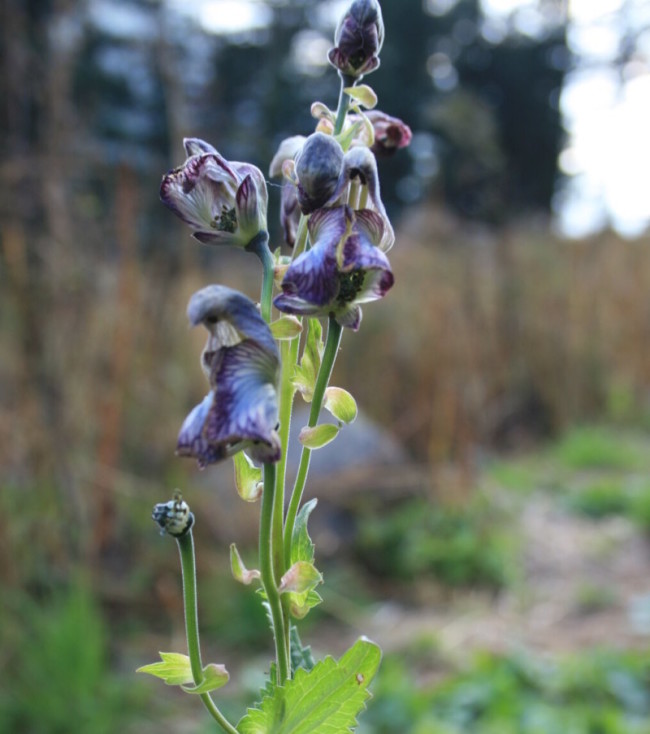
Aconitum heterophyllum (Patish)
Aconitum heterophyllum, locally known as Patish, is one of the most important medicinal plants of the Great Himalayan National Park (GHNP). Native to the high-altitude regions of the western Himalayas, this plant has been used for centuries in traditional medicine systems like Ayurveda and Amchi for its remarkable therapeutic properties.
Natural Habitat in the GHNP Ecosystem
Patish thrives at elevations ranging from 2,500 to 4,000 meters, especially in:
-
Alpine and subalpine meadows
-
Moist forest floors and grassy slopes
-
Commonly found in Tirthan and Jiwa Nal valleys of GHNP
The ecological conditions of GHNP offer ideal growth for this species, making the park a key conservation site.
Botanical Characteristics
-
Grows up to 1 meter tall
-
Bears bluish-purple funnel-shaped flowers
-
Leaves are deeply lobed and vary in shape—hence the species name heterophyllum (“different leaves”)
-
Blooms between June and August
| Local name | Patish |
| Botanical name | Aconitum heterophyllum |
| Family | Ranunculaceae |
| Description and uses | It is an erect herb, 30-100cm long with tuberous, fusiform or ovoid, perennial roots. It is common in grassy meadows and on slopes of Tirthan and Sainj valleys and found in an altitudinal range of 3300-4200m. The best season for flowering and fruiting is from June- September. The tuberous roots of these herbs are used in diarrhea, dyspepsia and cough. |
Medicinal Uses of Patish
Aconitum heterophyllum (Patish) is renowned for its use in:
-
Digestive disorders: diarrhea, dysentery, and indigestion
-
Fever management
-
Liver ailments and respiratory problems
-
An ingredient in Ayurvedic formulations like Ativisha churna
Unlike its toxic relatives, Patish is non-poisonous and valued for its alkaloids, including aconitine and heterophylline.
Conservation Concern
Due to overharvesting and limited natural regeneration, Patish is listed as vulnerable. In GHNP, it is protected under conservation programs aimed at preserving endemic medicinal flora. Local communities are also engaged in sustainable harvesting practices and in-situ cultivation.



